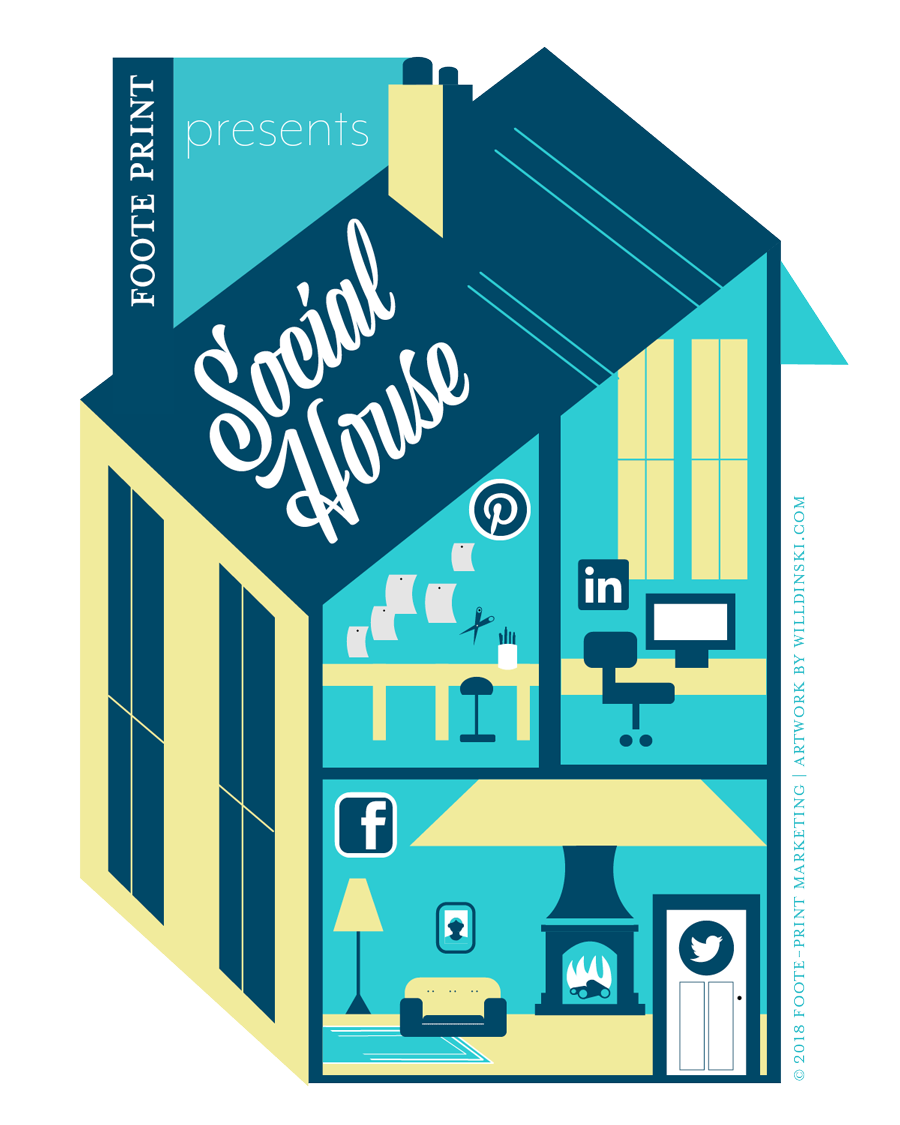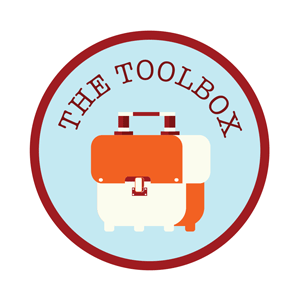Minneapolis’s Premier Comic and Independent Print Festival
Sunday, August 19th, 2018
11:00 a.m. to 6:00 p.m.
Minneapolis’s Premier Comic and Independent Print Festival
Sunday, August 19th, 2018
11:00 a.m. to 6:00 p.m.

The big winner at the academy awards this year was Guillermo del Toro's The Shape Of Water. While I'm not normally a big fan of storybook horror, it's easy to enjoy this film. The best description I've heard of the of the plot describes it as an "R rated Splash, with a woman in the Tom Hanks roll."
It's also one of the few movies I can think of with an illustrator as the main character. I'm a sucker for a B-plot about 1960's practical illustration techniques.

The Job of The Wasp is the third novel I'd read by Colin Winnette. This most recent book, published by Soft Skull Press, is from the perspective of a boy who finds himself in an orphanage and then a swarm of murderous insanity. The boy is not exactly innocent, but parsing out his(?) culpability is half the fun.
The obvious comparison would be to Lord of The Flies. But with lots of dead bodies.

I was 13 years old when Tonya Harding made figure skating dangerous.
Read More

In 2016, my graphic novel, Trying Not To Notice, was released by 2dCloud. You can still order a copy from them.
Read More
The above is an illustration I created for Foote-Print Marketing. It's used to help clients think of their social media strategy as an integrated whole.
Read More
Brigsby Bear (2017) is written and directed by Dave Mcary, who spent the last six years as a writer for Saturday Night Live.
What can I say about the plot of this movie? Not much without revealing some of the more surprising and dark plot twists. Ostensibly, it's about a man with a seemingly unhealthy obsession with a children's TV show. It reminded me of a mix between Death to Smoochy and Be Kind Rewind.
Also, you get to see Mark Hamill utilize his voice acting chops.
Autoptic, Minneapolis' Premier Comic and Independent Print Festival, is returning August 19th 2018.

Are you a cartoonist or print artist? Do you plan on debuting a book or project this summer? Then join the party: The Exhibitor Application is live and takes less than a minute to complete.
Expect more updates and events over the next few months.

"Absolutely on Music: Conversations with Seiji Ozawa." by Haruki Murakami is a transcription of conversations Murakami had with Ozawa while the Japanese conductor recovered from an illness.
Having read, and enjoyed previous Murakami novels, I was curious how he would handle non-fiction. I had no idea reading about classical music would be so interesting. As a bonus, I came across an uncorrected proof of the book, and would punch the air each time I caught a typo.
I like it when novels recommend you read another novel. Listening to these two men dissect the finer qualities of classical music inspired me to listen to Gustav Mahler's 5th symphony. Parts of it sounded like Star Wars.
Also, there is a section in the book where Murakami describes his extended visit to the music camp that Ozawa started. It's equal parts: school for up and coming musicians / second chance for accomplished amateurs.
In both cases, all involved were honored to have the unique privileged to perform with a symphony.
Buy the real, corrected copy at Powell's.

Read the full 5th chapter of Holy Hannah.
If you haven't read any of the chapters yet, this is a great place to start!

As a cartoonist, whenever I meet another scribbler, we usually end up talking about drawing implements: fountain pens, markers, brushes, imported Japanese manga tools. Drawing comics require months or years of focused work to complete a project, and how well your drawing tool holds up to the pressure is essential. Comparing notes can helpful.
For example, drawing with a brush or a high-end fountain pen requires a level of craft. It's a special skill to be able to draw a consistent, rich line with a tool that is built to be flexible.
As an artist and designer, I thought I'd take a look at my current toolbox and take stock of where I am. Is it time to try a new program or process? What's the difference between the tools you learn on and the tools you're an expert with?

In college, I learned to illustrate with black ink via a cheap $2 watercolor brush. Later, I discovered that if you want to be able to make those very small detailed lines that slowly build into thick inky blocks, I'd need to get myself a $25 Winsor Newton Series 7 Watercolor brush (Size 2).
In retrospect, I was always striving to get the controlled shape-building line that is a signature style for illustrators such as Charles Burns + Gerhard.
In 2015, the sable hair used by Winsor Newton faced increased regulation, and became difficult to find in even the best stocked art supply shop. Luckily, I'd already already fell in love with the consistent, even linework of Gluyas Williams, and fogot about the brush.
Micron pens (markers really) are far more portable, and a reliable drawing utensil when you're stealing a minute between projects. Also, it's nice to not have the wait for the ink to dry when you're on a roll. Plus, you can get one for $2.50.

It's curious to me why so many designs that are a perfect fit for InDesign are often assembled in the drawing program, Illustrator.
And yet, even as a drawing program, I remember needing to largely adjust the way I thought about drawing to fit processes of Illustrator. As a result, vector drawing always seemed awkward to me. The newest Creative Cloud version of Illustrator I've found to be an improvement, however by then, I'd started using Affinity Designer.
Affinity Designer is an all-in-one design program out of the UK. For $50 you can download a copy (with no Creative Cloud-like upgrade costs). It's also has a pen tool that is simply fun to draw with.

I used to buy those those big, 9" x 10" sketchbooks with the solid black hardcover—easily found in any bookstore or gift shop.
Lately, I make my own sketchbooks from the paper that I've collected over the years. I'll put one of my illustrations on the cover, sew the pages together and trim them on my 12" PERFECT® paper cutter. I can make books of all different sizes.
These books are sometimes used for preparatory drawing, but also for to-do lists or scratch paper. They get placed in the paper recycling when filled—in the winter I throw them in the fireplace.
If a drawing or idea is worth keeping, I'll save the page and bind them all together when there are enough for a book. Sometimes, it's nice to flip through old projects and drawings to see how much you've improved.

Technically Quark was the first design program I used as a designer, but InDesign has driven my career. The first version I've ever "owned" was part of the original Creative Suite. But I didn't really start having fun with the program until a friend showed me a passion project on this computer (a zine), and what I saw completely opened my eyes. With simple shapes, photography, illustration and inventive use of type, he had designed his own art book.
Over the many years, Adobe has upgraded and updated InDesign many times. For the most part, it's the same program I learned on so many years ago. However, the addition of different sized pages within the same document has been a welcome improvement. It is convenient to not need multiple files for one ad campaign.
InDesign is great for posters, books, digital ads, comic book and just about anything that requires graphic design.

What did I learn?
I learned that I like cheap portable tools that I can use anywhere, and vector drawing is more fun for the British. Also, InDesign rules.
That's all for now!
